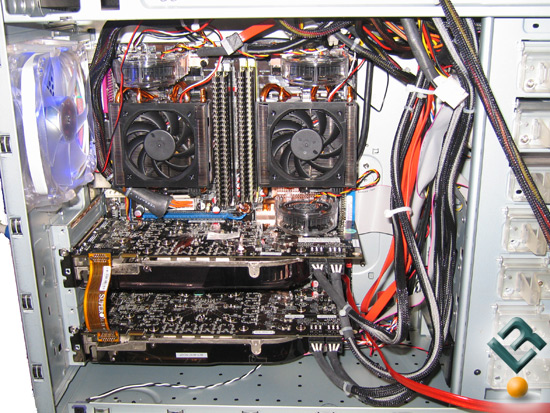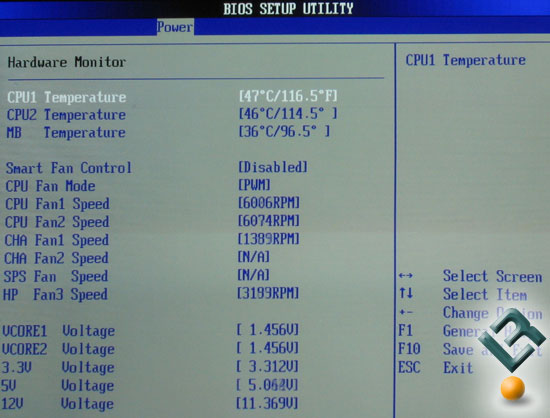Overclocking AMD’s Quad FX Platform – Hit or Miss?
Will QuadFX Overclock Decently For It’s Price Tag?
Last week when I reviewed the new AMD QuadFX platform I had a limited amount of time to overclock the test system, but have recently had the chance to spend a couple days on the test system trying to get the most out of it. In the launch day article I was able to overclock the pair of FX-74 processors from 3.0GHz to 3.2GHz by increasing the multiplier by one whole multiplier since the processors are fully unlocked. While this overclock represents a 6.7% boost in clock frequency I was hoping for more. From what I understand enthusiasts buy AMD FX and Intel Extreme Edition processors since they are unlocked and overclocking friendly!
With my attention focused on overclocking I have taken another look at the pair of FX-74 processors and tried a number of different overclocking techniques to see how the processors overclock. The test system remains the same as the previous article, so nothing has changed configuration wise.

Since the test system remains the same and was found to be stable from our previous testing we were able to go into the BIOS and disable the features not being used and adjustments to the voltages for overclocking were made. It was around this point we started scratching our heads as the voltage options were not what we expected.

Since we found the limit on default voltage was 200MHz by a 16 multiplier, the first thing I did was go to the ‘Advanced’ settings in the BIOS and configure the system frequency and voltages. The pair of Quad FX FX-74 processors operate at 1.40V right out of the box, so I figured I’d boost up the volts on the processors. Once I tried to adjust CPU Voltage I noticed that only a 0.05V increase was available in the BIOS. Checking AMD’s website out I was able to confirm that the FX-74 processor (ADAFX74GAA6DI) uses between 1.35-1.40V. I also noted for the first time that the max temperature for the processor is 56C. I promptly contacted AMD about this and they quickly sent this reply:
“That is not the spec for the CPU temp. That spec is the Max Ambient Case Temp so that system builders (and you) know what the ambient temp should remain below for AMD-recommended heatsinks to properly cool the CPU. Our CPUs do not have throttling built into them, but if they heat beyond a critical point, the processor does have the ability to tell the motherboard to shut the system off to save from overheating.” – AMD Public Relations
That makes a big difference as the Quad FX system runs pretty warm!

Running on the test bench in a room with the air temperature at 20C (68F), we were seeing the BIOS reporting 47C and 46C. Both “Cool & Quiet” and ‘Smart Fan Control’ were disabled and the CPU fans were running at 100%, which is over 6,000RPM’s on our test system! With the processors sitting in the BIOS at ~47C and the fact that they are air cooled, my guess is that with frequencies this high the temperatures will increase at least 10C at load, but there is no way to monitor temperatures in Windows. Another interesting thing I caught in the BIOS was the 12V voltage reading. At first I freaked out, but after grabbing the volt meter and trying it on all four +12V voltage rails, none were found below 12.08V. I’m guessing the +12V voltage reading is a bit out of wack.

Comments are closed.